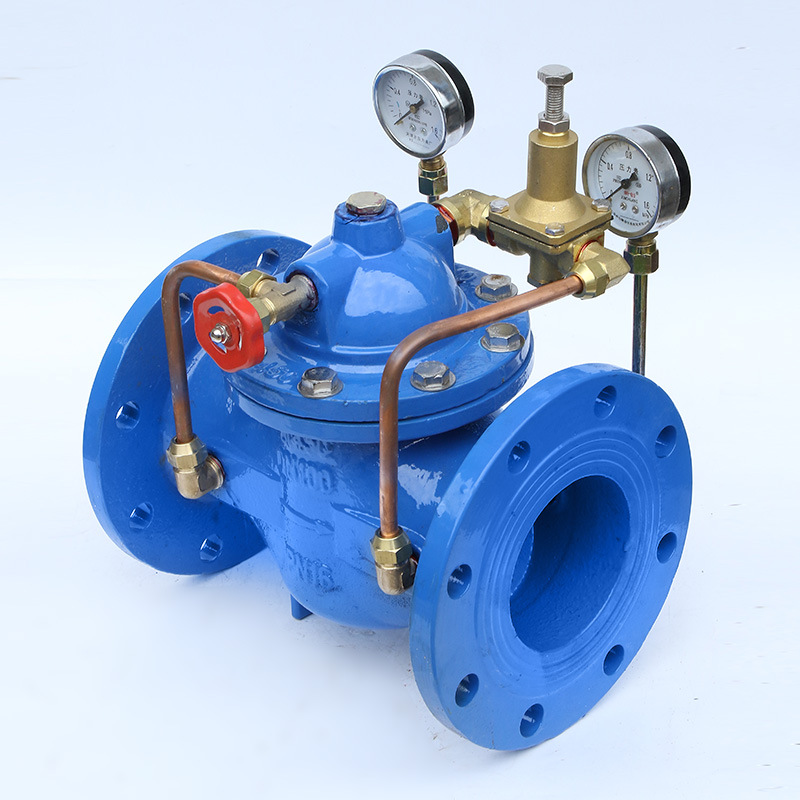Introduction
Hydraulic control valves are essential components in water management systems. They operate based on water pressure, offering efficient control and regulation of fluid flow. This article will explore the basic structure, working principles, applications, and benefits of hydraulic control valves.
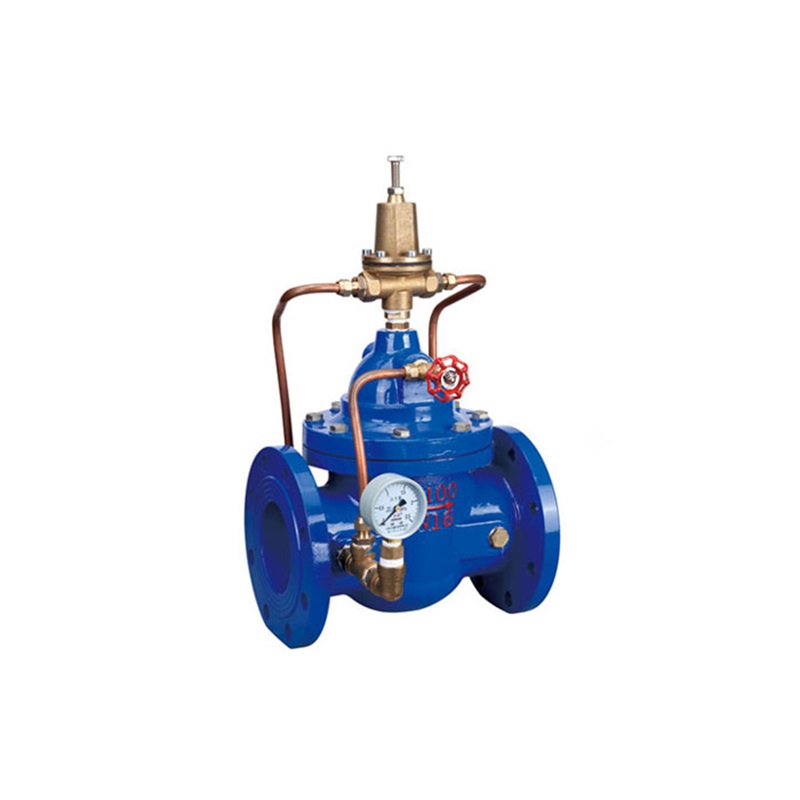
Basic Structure
Hydraulic control valves consist of a main valve and various ancillary components such as conduits, pilot valves, needle valves, ball valves, and pressure gauges. These components work together to ensure the valve functions correctly based on the desired parameters.

Working Principles
Hydraulic control valves utilize the pressure of the pipeline medium as the driving force for opening, closing, and regulating fluid flow. The pilot valve, in response to changes in fluid level and pressure, controls the main valve’s operation. This mechanism allows for precise adjustment of water pressure and flow rates.
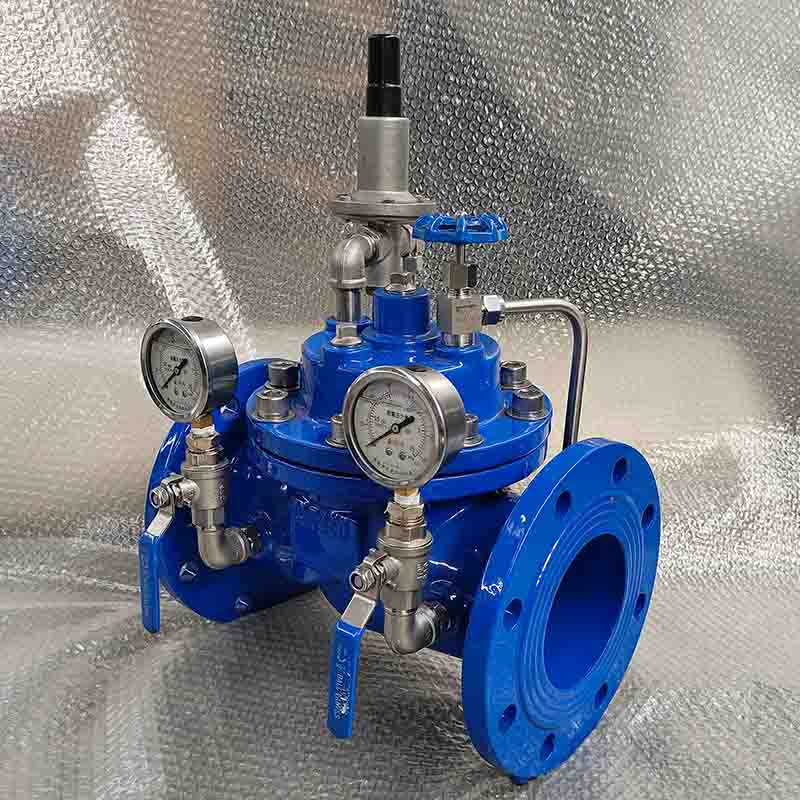
Applications
Hydraulic control valves are widely used in domestic water supply, fire protection systems, and industrial water supply systems. Their ability to automatically adjust based on pressure changes makes them ideal for applications where consistent and reliable fluid control is crucial.
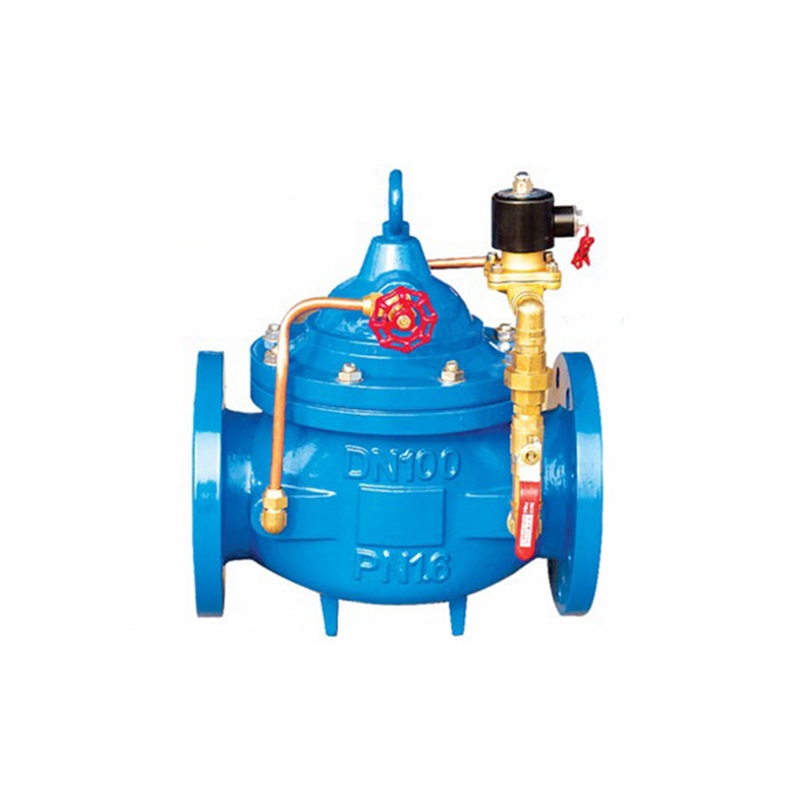
Benefits
Hydraulic control valves offer several benefits, including energy savings, reduced maintenance, and the ability to replace larger electric devices. They are commonly installed in high-rise buildings, residential areas, and municipal water supply projects.
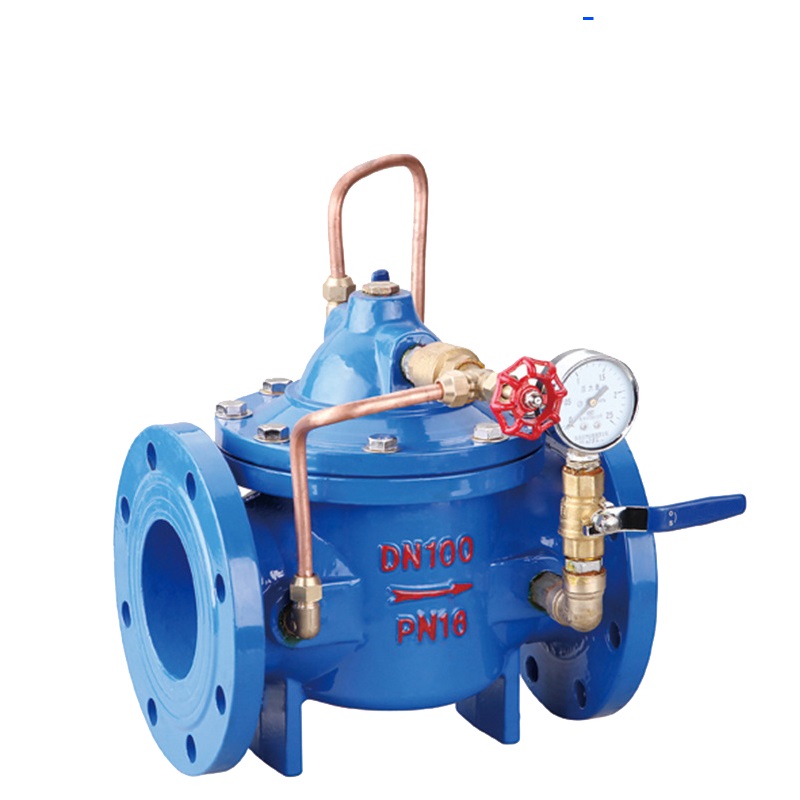
Conclusion
In summary, hydraulic control valves are versatile and reliable tools in water management. Their efficient operation and adaptability to various applications make them indispensable in modern water systems. Understanding their structure and principles is key to ensuring their effective use.
